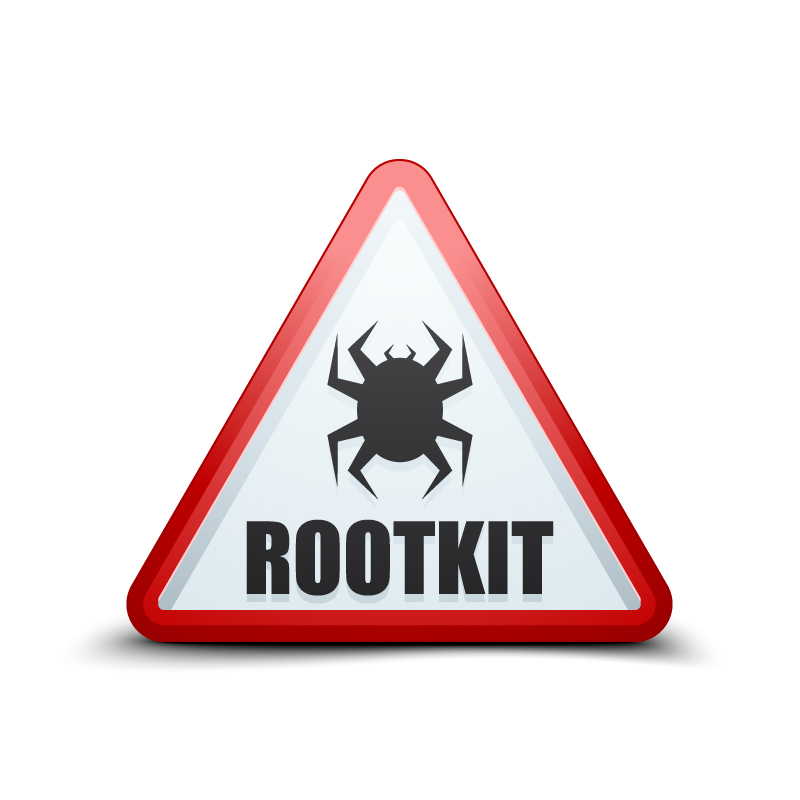Rootkit

Taken from Digital Defense
- Definition: A rootkit malicious software installed without the user’s awareness with the following intentions:
- Hide the rootkit’s own activities and their presence from the OS.
- Hide the activities performed by other malicious utilities / software installed on the compromised system.
- Gather data of interest to the attacker and provide this data to the attackers silently.
- Act as a repository of malicious programs serving other systems like zombies or bots.
Reason for the name: Since they work from inside the root of an OS.
Propagation: Once installed, the rootkit will start working in the background without the OS being able to detect it.
Examples of well-known rootkits: Windows NT/2000 Rootkit, Fu, and KBeast.
